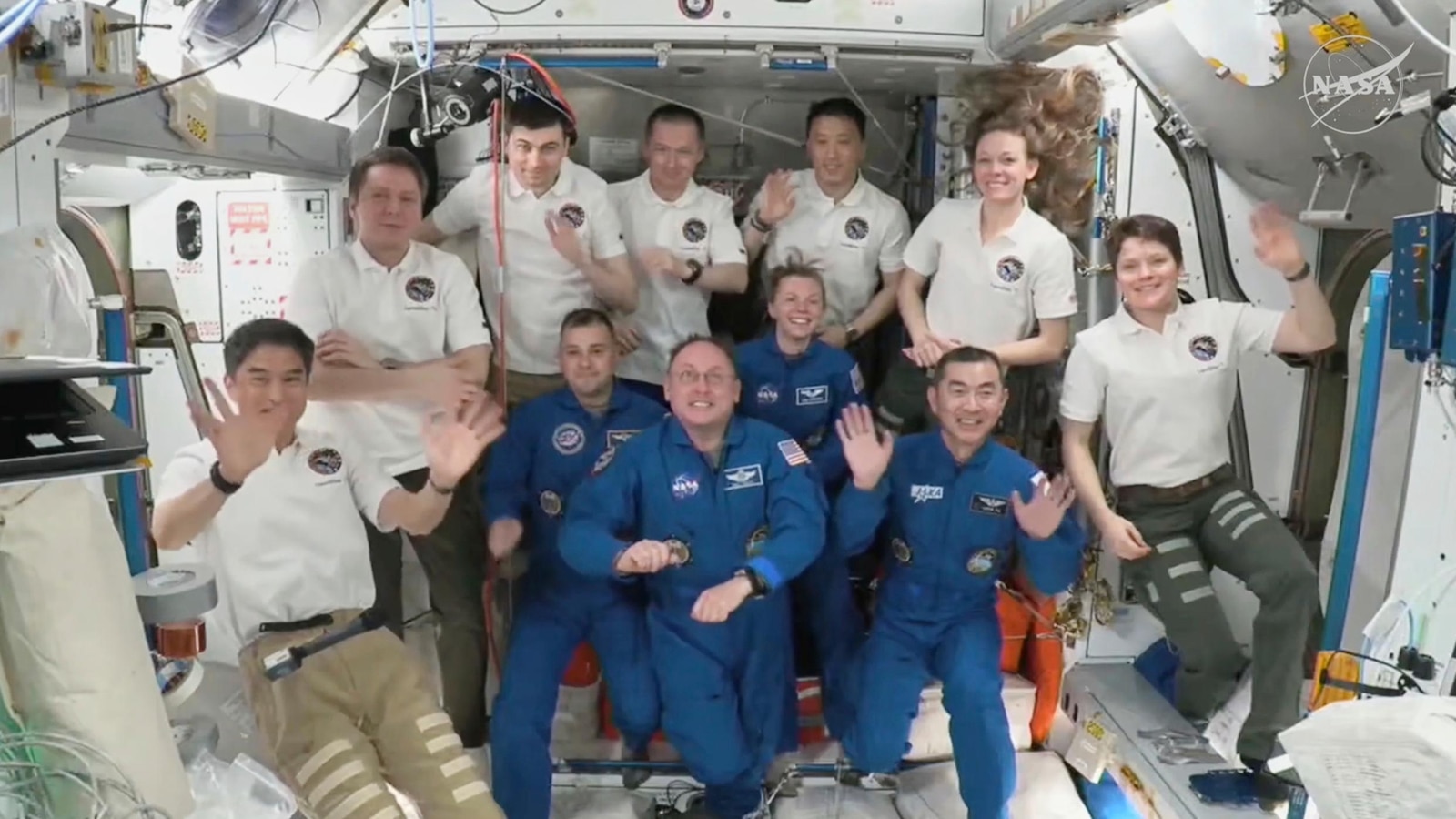A genetic study conducted by the University of South Carolina and the National Human Genome Research Institute, published in Science Advances, has uncovered that dogs living within the Chernobyl exclusion zone (CEZ) show distinct genetic changes linked to long-term radiation exposure. Researchers analyzed the DNA of 302 feral dogs from the CEZ and compared it to populations outside the zone, …
Read More »Science
This Plane Flies Slow Because Its Wings Really Blow
The key to Short Takeoff and Landing (STOL) operations is the ability to fly slow– really slow. That’s how you get up fast without a long takeoff roll to build up speed. Usually, this involves layers of large flaps and/or leading edge slots, but [rctestflight] on YouTube decided he wanted to take a more active approach with a fully blown …
Read More »Flawed Tests on Earth May Explain Why NASA’s Rovers Get Stuck on Mars
In the spring of 2019, the six-wheeled Spirit rover was driving backwards to drag an inoperable front right wheel when it got stuck on the sandy Martian surface. Despite spending months trying to excavate its robot, NASA could not free Spirit. Now, engineers from the University of Wisconsin–Madison may have figured out a way to better prepare NASA’s robots for …
Read More »Satellites are helping protect critically endangered desert elephants. Here’s how
Drought is forcing Namibian desert elephants to seek water near human settlements. But human encounters with the giant mammals frequently end in tragedies. Elephants are being shot, and their population is shrinking. A conservation project using a combination of GPS data and high-resolution satellite images is trying to help the two species coexist in peace. Without it, the rare desert …
Read More »‘Sleeping Giant’ Fault Under Canada Shows Major Earthquake Potential
After 12 millennia of relative inactivity, a geologic fault that stretches across the territory of Yukon, Canada, and Alaska now appears capable of producing a major earthquake, according to a new study. The findings point to an underrecognized source of seismic hazard in northwestern Canada. Scientists previously believed that the Tintina fault, which extends roughly 620 miles (1,000 kilometers) from …
Read More »SpaceX astronauts International Space Station
A SpaceX Falcon Nine rocket lifts off from Launch Complex 39A carrying NASA’s Crew-11 mission to the International Space Station in Cape Canaveral, Florida, U.S., August 1, 2025. Steve Nesius | Reuters SpaceX delivered a fresh crew to the International Space Station on Saturday, making the trip in a quick 15 hours. The four U.S., Russian and Japanese astronauts pulled …
Read More »Think You’re Smarter Than Slate’s Politics Editor? Find Out With This Week’s News Quiz. – Slate
Think You’re Smarter Than Slate’s Politics Editor? Find Out With This Week’s News Quiz. Slate Source link
Read More »Ghana has a rare treasure, a crater made when a meteor hit Earth: why it needs to be protected
This article was originally published at The Conversation. The publication contributed the article to Space.com’s Expert Voices: Op-Ed & Insights. Impact craters are formed when an object from space such as a meteoroid, asteroid or comet strikes the Earth at a very high velocity. This leaves an excavated circular hole on the Earth’s surface. It is a basic geological process …
Read More »Earth, Mars, Venus — and a long-lost planet — may have once ‘waltzed’ in perfect harmony around the sun
Four of the solar system‘s terrestrial planets, including Earth and a long-lost world, likely started life waltzing around the sun to a fixed rhythm, according to a new study. The findings also suggest that those planets formed earlier than previously thought. Astronomers have been increasingly interested in how planetary systems change their internal architecture on cosmic timescales, motivated by several …
Read More »SpaceX delivers four astronauts to International Space Station 15 hours after launch
CAPE CANAVERAL, Fla. (AP) — SpaceX delivered a fresh crew to the International Space Station on Saturday, making the trip in a quick 15 hours. The four U.S., Russian and Japanese astronauts pulled up in their SpaceX capsule after launching from NASA’s Kennedy Space Center. They will spend at least six months at the orbiting lab, swapping places with colleagues …
Read More »








